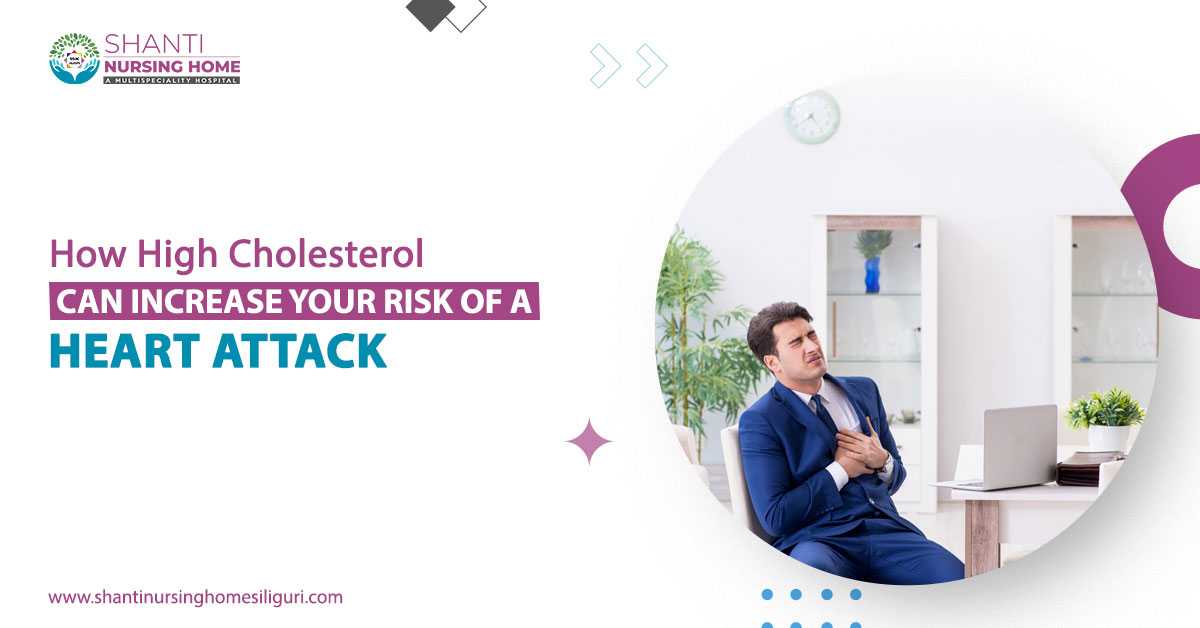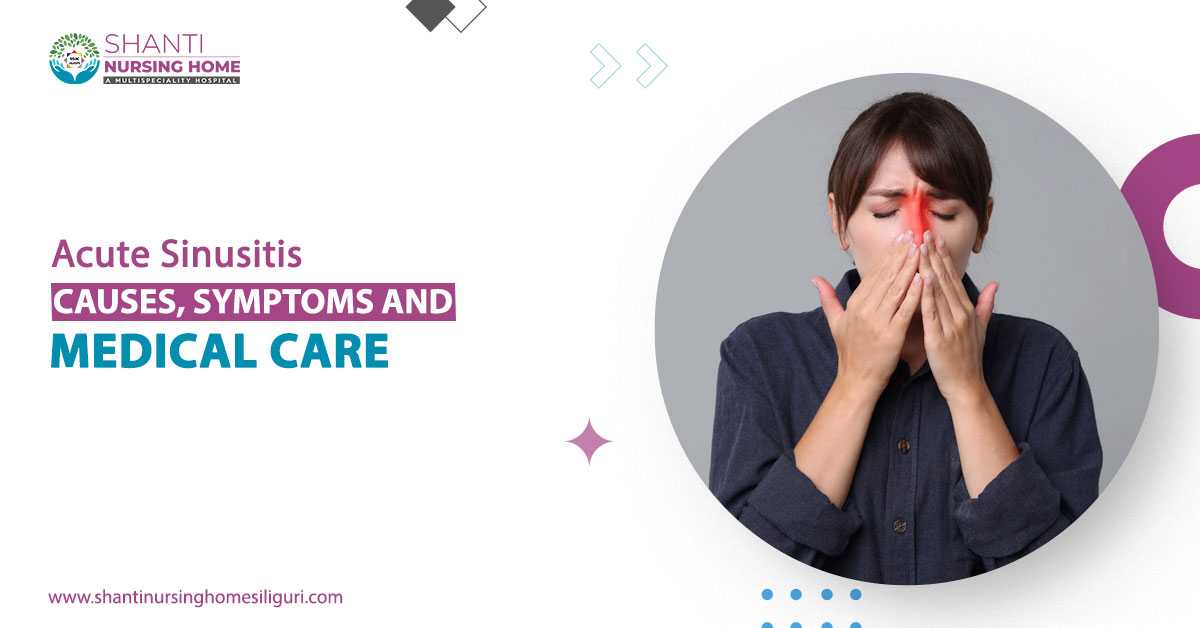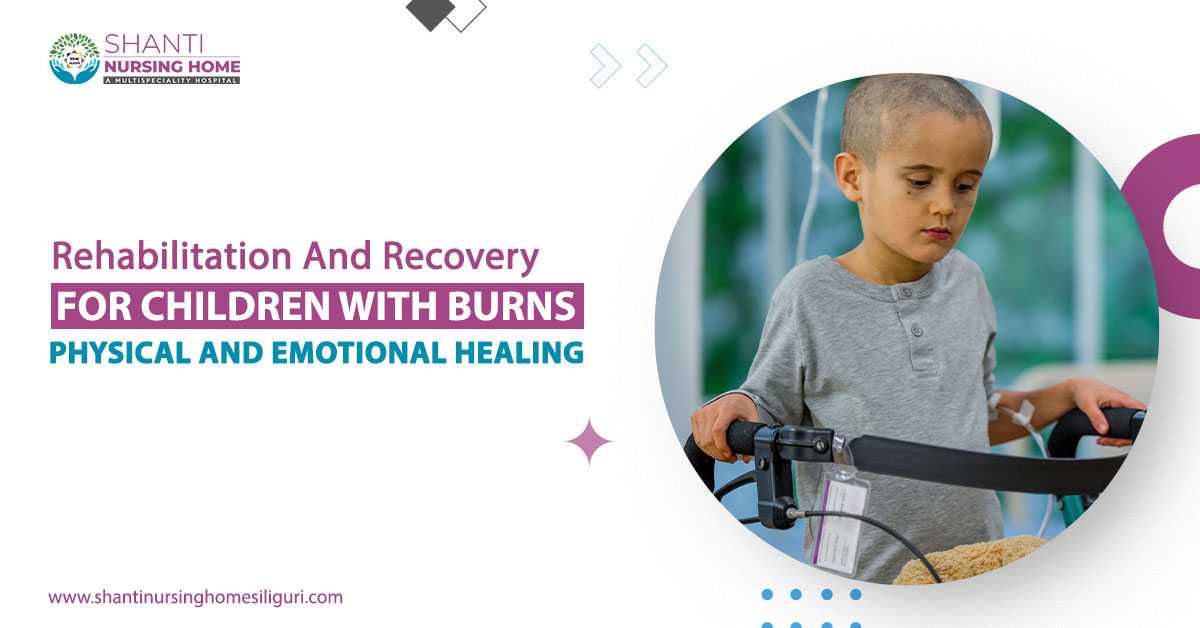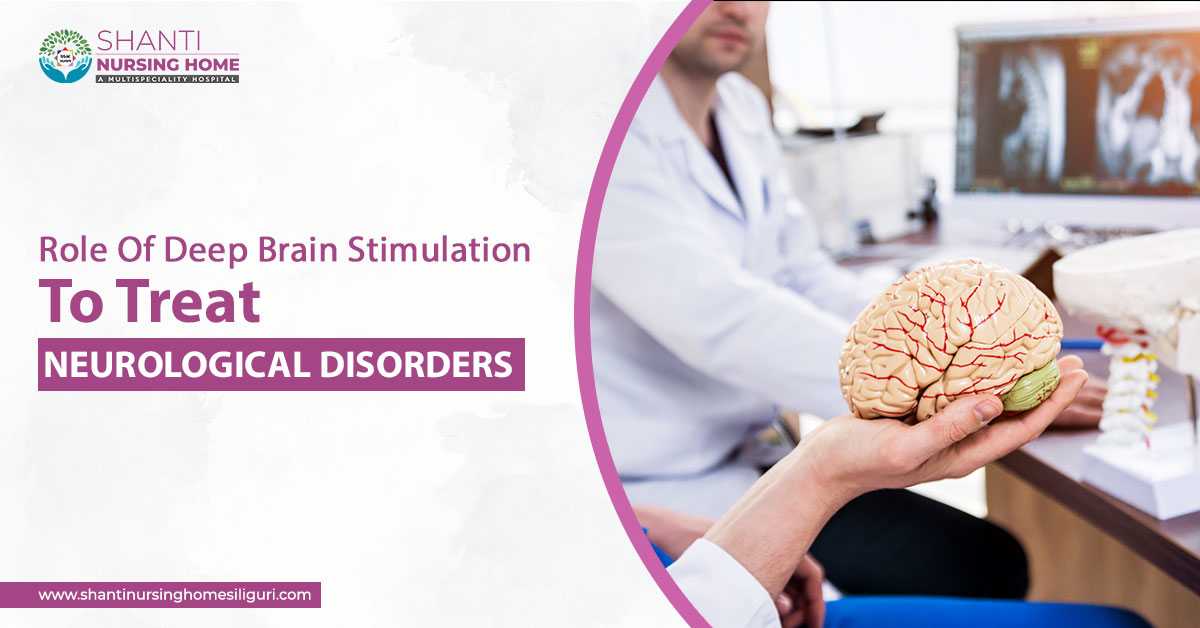Neurological disorders can decrease your overall life quality through various painful symptoms such as pain, visual problems, tingling sensation, and movement issues. You must note that there are multiple available neurological treatments that can manage these symptoms. One such treatment is deep brain stimulation (DBS) which involves implantation of a device to deliver electrical current in the brain. To know whether this treatment is suitable for your condition, you can schedule a consultation with a neurologist in Siliguri.
The mild electrical current used in this technique is highly beneficial in stimulating cells in certain areas of the brain, which ultimately cures the underlying health issues. Herein, the neurological disorders affecting the chemical and brain signals can be effectively managed with DBS. Starting from movement disorders and brain issues to mental health challenges, the advanced treatment approach can be beneficial for a wide range of conditions.
Neurological disorders treated by deep brain stimulation
1. Parkinson’s disease- This is a neurological issue affecting various nerves in the body. It can slow down your movements and cause impaired posture, tremors, and speech changes. For patients who have an unbalanced response toward levodopa and advanced Parkinson’s disease then DBS is recommended.
2. Dystonia- The uncontrolled muscle movements caused due to dystonia can be effectively managed by DBS. The faulty signals causing the symptoms of this disorder are controlled by this treatment approach which can offer you a successful recovery.
3. Medication-Resistant Epilepsy- Epilepsy is another brain disease that develops when the nerve cells of your brain don’t work properly. As a result, you experience multiple seizures and sudden changes in behaviour or sensation. Herein, the functioning of the nerve cells can be restored with the help of DBS.
4. Alzheimer’s disease- A decline in learning, memory, and thinking can be signs of Alzheimer’s disease. Medications and therapies are available to manage the symptoms of this disorder but when nothing works, the best neurologist doctors in Siliguri opt for DBS.
5. Essential Tremor- Another neurological movement disorder that can be treated with DBS is essential tremor. It is vital to manage this condition as it can severely impact your daily life activities due to the sudden tremors. You must know that DBS can reduce the chances of tremors on both sides of your body.
When should a patient consider DBS?
- Before performing the DBS surgery, the doctor will evaluate your candidacy and whether your health condition requires this procedure or not. Some of the conditions when it is advised are-
- Has a history of using different combinations of medications where the response towards it wears off easily.
- Experiencing mobility issues due to the side effects of Parkinson’s disease medications. These jerking motions can be with or without dyskinesia that can affect your head or arms.
- Severe Parkinson’s disease symptoms that interfere with your daily life activities.
- Experiencing symptoms of speech difficulty with confusion, thinking problems, and memory issues.
- Difficulty in walking or balancing which can be a sign of neurological disability.
- The patient suffering from Parkinson’s disease has levodopa-responsive where most of the symptoms of the complication can be managed with DBS.
Procedural details
There are mainly two types of DBS techniques such as interventional image-guided DBS and stereostatic DBS. In the stereostatic technique, your head is stabilized and by offering a mild sedative, the lead is implanted. However, image-guided surgery is done by using a CT scan or interventional MRI to implant the lead in the right place. You must choose the right neurologist in Siliguri for successful outcomes of this surgery.
Implantation of the lead:
For the lead implant, hairs are shaved from a small area of the head. After providing numbing medication, a small hole is made in the skull and the lead is inserted. The lead then moves through the brain tissue and is placed in the right location. After this, the lead is attached to a Neurostimulator, and electrical stimulation is given.
Recording of the microelectrode:
A high-frequency electrical current is given for microelectrode recording that helps the surgical team to hear and visualize the neuronal activity. For high-quality information, it is advised for the patient to stay awake during this process.
Neurostimulator placement:
When the lead is inserted in the desired location, the surgical team will insert a Neurostimulator. The outer layers of skin near the collarbone, abdomen, or chest are the ideal locations for this process. You must know that the main role of this Neurostimulator is to module the activity of the nervous system to treat the underlying neurological conditions.
Benefits of DBS
DBS has various advantages that may encourage you to undergo the surgery and attain long-term recovery. Some such benefits include-
Adjustable process: You must know that just like other surgeries DBS is not a fixed procedure. If the initial technique of DBS didn’t work for you then the doctor can tune the settings of the pulse generator to get the desired results.
Life-saving: The severe complications associated with the neurological disorders that affect your daily life can be managed with it. It is a life-changing process that can improve your life quality while offering you long-term relief.
Offers hope when no other treatments are working: Over time, you may lose effectiveness towards medications if you’re suffering from epilepsy or Parkinson’s disease. In such cases, DBS can be a ray of hope for you as it can help you manage the symptoms with low dosages of medications.
It can be reversed: If you are experiencing severe side effects of DBS or if the process doesn’t work for you then the doctor may remove the leads and reverse the procedure. This is another benefit of DBS as the lead can be removed anytime if it is found to be unnecessary.
Possible complications associated with DBS
Just like other surgical procedures, DBS also involves certain possible complications. It is always recommended to know about these complications from the healthcare provider before undergoing the surgery.Here are some of the potential complications you might encounter:
- Stroke
- Sepsis due to infections
- Internal bleeding or bleeding on the incision sites
- Swelling around the brain
- Coma
Apart from these general complications, even the pulse generator and lead can cause some issues. Loose lead wires, misplacement of the leads, soreness around the pulse generator, and failure of the generator or lead are some complications associated with DBS. Herein, you must know that due to the programming of the pulse generator, you may also experience some side effects such as double vision, balance issues, memory problems, and seizures.
After undergoing the DBS surgery, the neurologist in Siliguri will always recommend stopping high-intensity exercises and being careful while moving to avoid any post-operative complications. Regular dressing, proper care of the surgical site, and scheduling post-operative consultations are also pivotal for successful outcomes of DBS in treating neurological issues.
Comments (0)




